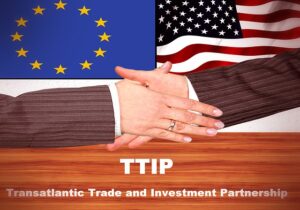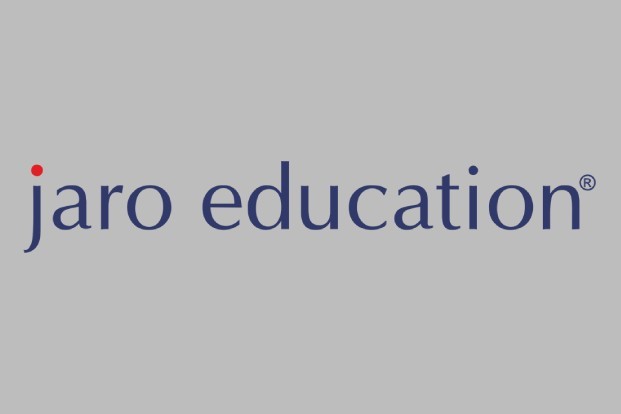
Image
The historic multinational environmental accord known as the Montreal Protocol on ‘Substances that Deplete the Ozone Layer’ governs the manufacturing and use of about 100 synthetic compounds known as ozone-depleting substances (ODS). When released into the atmosphere, these substances impair the stratospheric ozone layer, the barrier that shields people and the environment from the sun’s damaging UV radiation.
The Montreal Protocol sets distinct timeframes for industrialized and developing nations. It gradually reduces the use and production of various ODS. Governments of different countries have negotiated and implemented different protocols over time, but the Montreal Protocol comes among the most successful and effective environmental treaties. It is a result of the universal agreement that ozone depletion is an issue that affects the entire world in terms of its sources and consequences. The protocol is the outcome of a unique process that includes scientific research, agreements between corporate and environmental community members, and international diplomacy.
The pact continues to be changed and adjusted as new technological, scientific, and economic advances are considered. Nevertheless, this protocol remains a success, and here are the reasons for it.
Table of Contents
Global Observations of the Impact on the Montreal
The first financial instrument established by an international agreement was the Multilateral Fund for the Implementation of the Montreal Protocol (the Multilateral Fund). Established in 1990 as part of the Montreal Protocol, it gives developing nations financial support. As they phase down the usage of ozone-damaging chemicals. Since its founding, the Multilateral Fund has given emerging nations financial support of more than US$3.7 billion, including funding from Australia, to phase out the production and use of ozone-damaging chemicals. However, people hoped that monies would also be made available under the Multilateral Fund for the Implementation of the Montreal Protocol, given the significance of the National Cooling Action Plan in expediting the refrigerant transition (MLF).
The Multilateral Fund has also led to the success of the protocol. It offers them additional funds to help developing nations reach their compliance goals. Additionally, it has significantly offered institutional support. This aids nations in establishing regional networks. So, they may exchange experiences, learn from one another, and build capacity within their governments to carry out phase-out efforts.
Moreover, the Montreal Protocol was successful due to the public support generated by scientists who had turned into advocates. It is vital that we adopt that advocacy today if we are ever going to make any headway toward reducing some of the most devastating effects of global warming.
An environmental crisis can be brought under control quickly when it’s brought in check as soon as possible. It was possible for the Montreal Protocol to work because an international committee was assembled and succeeded in resolving the issue with the urgency the crisis required.

Image
Ozone Layer and the Montreal Protocol
The principal culprits for ozone layer thinning are chlorofluorocarbons (CFCs) and other ozone-depleting compounds. The 1985 ozone hole discovery over Antarctica raised concerns even further.
Ozone-depleting chemicals pose a serious threat to the ozone layer. The 1987 Montreal Protocol on Substances that Deplete the Ozone Layer offered a framework to minimize and eventually phase out their use and manufacture worldwide. This ozone protocol is a significant step in reducing ozone-depleting substance production, usage, and emissions worldwide. Research indicates that the ozone layer is currently beginning to recover.

Image
Compliance Procedure
This was intended to be a non-punitive process from the beginning. It placed a high priority on assisting errant nations in resuming conformity. Developing nations construct an action plan to bring themselves back into conformity in collaboration with a UN agency. The Multilateral Fund has resources available if needed for a few short-term initiatives. Significantly, in 2010, all 142 developing nations managed to phase out halons and other ODS completely.
The combined commitment of the Australian government and business community to preserving the ozone layer has been crucial to fulfilling the treaty’s responsibilities. The commitment and knowledge of several individuals from our scientific and technological organizations, business, and government have also benefited Australia and the ozone layer.
Trade Provisions
The trade provisions of the Montreal Protocol were one factor that prompted nations to ratify it. These restricted signatories from conducting business exclusively with further signatories. Once the significant producers joined, it was just a matter of time until all nations were required to join or faced losing access to CFCs and other ozone-depleting compounds as supplies became increasingly scarce (ODS).
The Montreal Protocol also gave the business a reliable foundation for long-term research and innovation planning. It was a pleasant coincidence that avoiding ODS has advantages for business, and CFCs were a dated and patent-expired technology. The industry and environment both profited from the switch to newer, more affordable formulations with less or no ozone-damaging potential.
Chemicals causing climate change include CFCs and their successors, HCFC (hydrochlorofluorocarbons), and now HFC (hydrofluorocarbon). Although HFCs have 1,000–9,000 times more warming potential than carbon dioxide, they don’t affect the ozone layer. These substances are frequently use in air conditioning and refrigeration.
Moreover, the Project Drawdown states that refrigeration management is the best strategy to reduce greenhouse gas emissions and stop global warming since the heat potential of these compounds is so high. Thankfully, the Montreal Protocol’s reach keeps growing.

Image
Continuous Amendments
The fact that the Montreal Protocol wasn’t a one-shot deal in the 1980s played a significant role in its success. Instead, the agreement has undergone several amendments, each of which has improved the environment. The most recent revision, the Kigali Amendment, calls for phasing out HFCs by 2024, beginning with higher-income nations and moving down to all other nations. With this phase-out, this century’s global warming would be halted at 0.5 degrees Celsius.
Final Takeaway
All hands should be on deck to halt and reverse the tendencies of global warming. The Montreal Protocol is an excellent example of how international environmental policy implements in the future. Although the Montreal Protocol and the Paris Agreement differ, learning from the former’s success can only be beneficial. There is still time to achieve a controllable and sustainable future, but you must make every effort. That means taking lessons from the past.











